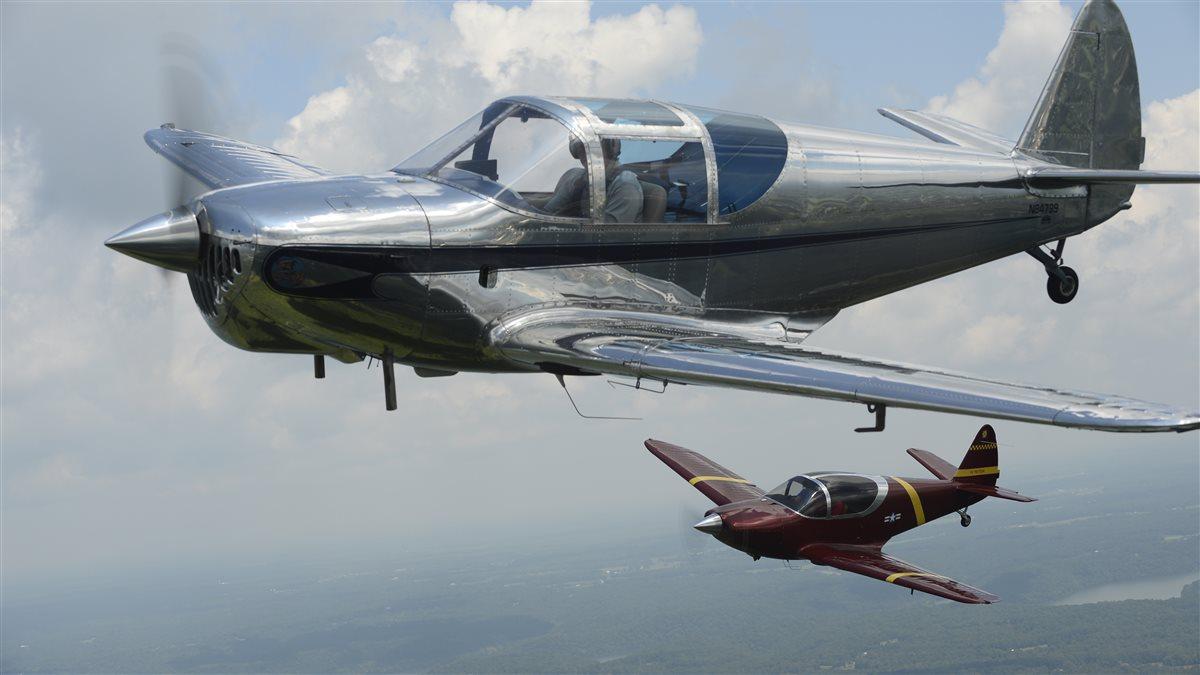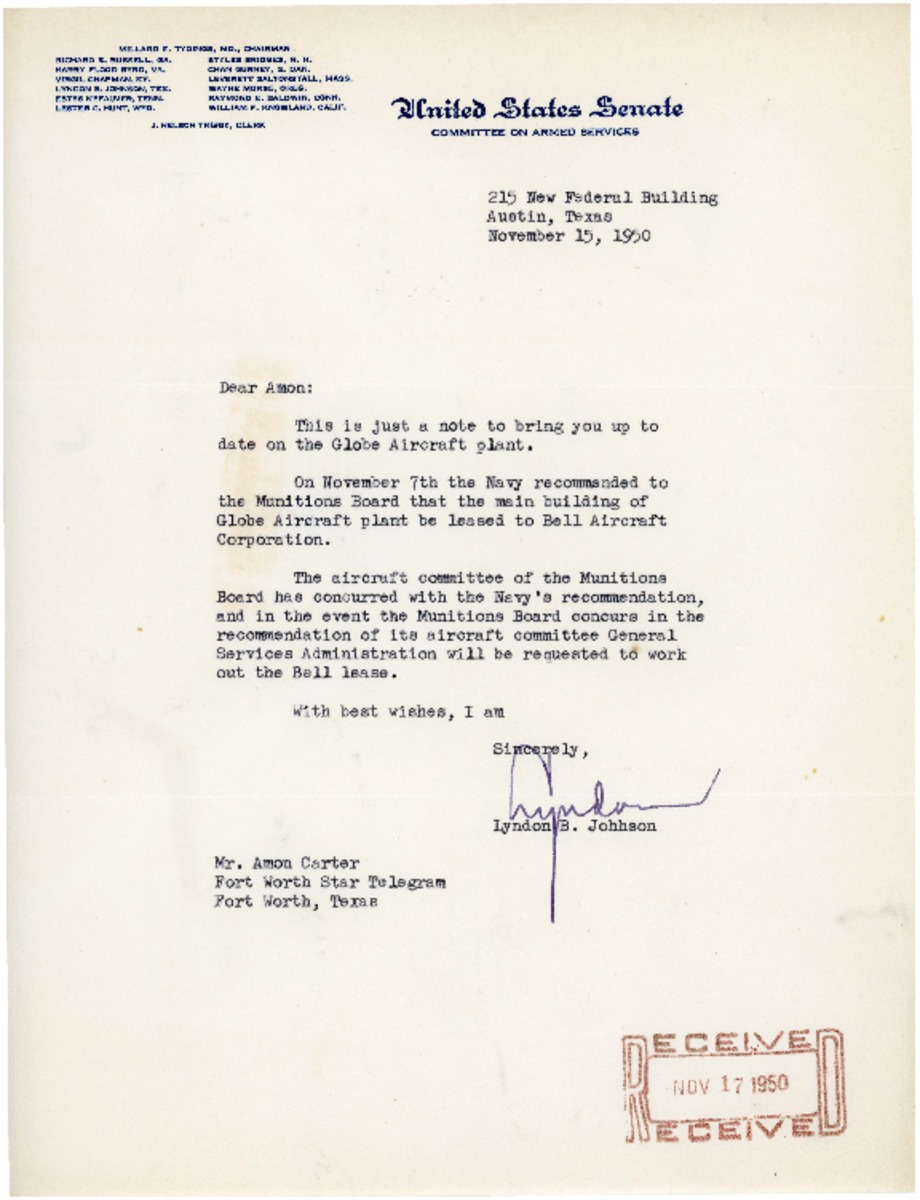Globe Aircraft - In July of 1941, there is a shake-up at Globe Aircraft. Johnson, unfortunately apparently with some of the changes to his design, decides to leave Globe just as it introduces the Continental A-80 powered GC-1 Swift.
But as airplanes became faster and more advanced, airships couldn't keep up. Then, in 1937, an airship called the Hindenburg burst into flames, killing 36 people, firmly marking the end of the golden age of airships.
Globe Aircraft

Compared to helicopters, which are the go-to transport for remote cargo deliveries, Flying Whales claims its airships will produce less than 10% of the carbon emissions while operating – plus their freight system leaves wilderness and countryside untouched, while still connecting small, rural
Description From Janes All The Worlds Aircraft From
communities to the wider global supply chain. The change in the paint schemes, first reported by Aviation Week, comes a little more than a month after Air Mobility commander Gen. Mike Minihan sent a memo to his service members telling them to prepare for a war with China and warning them that it could
be coming as soon as 2025. "Understandably, we have concerns about the operational security impacts to these missions in the modern era of on-demand, real-time information," Stewart said. "Subdued paint schemes that limit identifiable information is one way we are taking a hard look at how we operate to ensure our ability to continue to deliver for America and our allies and partners around the world."
Type — Two seat light cabin monoplane.Wings — Low-wing cantilever monoplane, Monospar wing structure. Main spar of spruce and Bakelite plywood with leading-edge in front of spar covered with Bakelite plywood. Aft of spar former ribs and rear auxiliary spar to carry flap and aileron loads covered with fabric.
Steel-tube drag truss. Split flaps are manually-operated and may be locked at any angle. Fuselage — Four-longeron framework of welded seamless chrome molybdenum steel tubing covered with fabric.Tail Unit — Cantilever monoplane type. Structure same as for wings.Undercarriage — Cantilever single-strut retractable type.

Design History
Wheels raised inwardly into underside of fuselage. Hydraulic retraction with auxiliary hand-operating gear. Oleo-pneumatic springing. Retractable full-swiveling tail-wheel which is raised and lowered with the main wheels. Hydraulic wheel-brakes. The Project on Government Oversight has detailed numerous ways in which the Department of Defense has slowly obscured information to the public in recent years, ranging from less clarity on overseas airstrikes to troop deployments abroad.
The original GC-1 Swift has often been described a homebuilt variation of the Culver Cadet. According to the Swift Museum Foundation's website, R. S. "Pop" Johnson designed the Swift in 1940 after taking trial delivery of a Culver Cadet.
After measuring the aircraft, he returned the Cadet to Culver, without purchasing it. Other than its enormous size, though, this “whale” has very little to do with its animal namesake. It’s an airship, and French aeronautics company Flying Whales hopes its hybrid-electric, helium-lift vessel will change the shape of sustainable transport.
"This is a data point that was previously available to the public that this command, it seems, is deciding for operational security reasons that it won't get into, that the public doesn't have a right to know, which I do think
Gc-A Swift
is concerning," Paladino said. In January 1945, the prototype CG-1A Swift begins flight testing. To facilitate construction, a concession is made in the design. An angular break just aft of the cockpit is introduced to speed production.
Later, Globe realizes this break induces a higher drag profile and the Swift's speed is slower than anticipated, but the die is already cast. LTA Research purchased Akron Airdock in Ohio, built in 1929, and Hangar One near San Francisco Bay in California, built in 1933. And UK-based Hybrid Air Vehicles (HAV) is making use of hangars at Cardington Airfield, in the south of England

, which were used to build airships in the 1920s and 1930s. And while the FAA lists hydrogen as an unsuitable lifting gas in its criteria for airship certification, the European Aviation Safety Agency updated its regulations in 2022, allowing any lifting gas, as long as the associated risks can adequately be addressed and mitigated by the design.
Three other countries, Greece, Italy, and Israel also purchase an aircraft for testing. However, Saudi Arabia becomes the only military operator to adopt the type. The Saudi Arabian Air Force purchases a total of 10 aircraft, fully armed with machine-guns and rockets.
T- Buckaroo
Air Mobility Command's aircraft -- such as C-17 Globemaster IIIs, KC-135 Stratotankers and C-130 Hercules -- are clearly identifiable as Air Force planes without the markings and, without a clear justification provided by officials for the change, Paladino said
it's puzzling why they'd resort to tail markings and scrubbing unit numbers. Globe Aircraft's marketing of the GC-1 Swift is a huge success. Globe soon has orders valued at more than $1 million and has more than 40 dealers lined up to sell the aircraft.
However, December 7, 1941, changes everything. With the outbreak of war, materials are suddenly severely restricted. Although the Swift GC-1 is certified by the CAA in 1942 (ATC 753), Globe doesn't build any Swifts during the war.
Instead, it does subcontract work for Beech to build 600 AT-10s, the airplane that defeated the Bennett (Globe) BTC-1 in the military competition just a few years earlier. In 1944, Kennedy revises the Swift project and realizes the original design has become somewhat obsolete.

Gc-B Swift
Globe is aware that Beech is considering building a four-place airplane called the Model 35. Newer airplanes are flying faster and farther. If the Swift is going to be competitive in the post-war market, an update will be needed.
The airship could help solve the problem of how to transport cargo “when infrastructure is lacking, or just doesn’t exist at all,” says Romain Schlack, Flying Whales’ head of communications. “We are going to add new possibilities to global logistics, while overcoming obstacles and problems on the ground.”
Jodi Vittori, a retired Air Force lieutenant colonel and a professor at Georgetown University who specializes in government transparency, told Military.com in an Wednesday interview that this decrease in transparency from the Pentagon as a whole is alarming.
“There's no such thing as a small airship,” says Prentice. Companies need to invest in giant workshop spaces, and prototypes need to be tested, altered, and re-tested successfully before a commercial production line can even be considered, he says.
James Stewart, a spokesman for Air Mobility Command, told Military.com in an emailed statement that airmen's missions take them around the globe and often involve sensitive movements of cargo -- the main reason behind the change.
He convinces John Kennedy, the president and founder of Globe Medicine Co. and part owner of Bennett Aircraft Corporation to finance and produce the aircraft. And in 1941, the bankrupt Bennett Airplane Corporation reorganizes as the Globe Aircraft Corporation and hires Johnson.

Using the measurements obtained from the Culver Cadet, Pop Johnson reverse engineers the design to construct an improved aircraft of his own, which he names the Swift. After constructing the first aircraft, Pop Johnson begins his search for a financier and manufacturer of this improved design.
"The good governance community has seen transparency from the Department of Defense shrink over the years," Vittori told Military.com. "We're getting less and less information, not more, lately, and that's been a troubling and difficult issue for civil society organizations to be able to monitor their own military."
Prentice is also the founder and president of BASI, a Manitoba-based company specializing in airships adapted for cold climates. The company is developing an airship that uses hydrogen for lift, in the hope that the Canadian government will relax its regulations on the use of hydrogen.
On May 7, 1946, the 85-hp "All Metal Swift" GC-1A “Swift” receives its type certificate. Beginning with s/n 2 and ending with s/n 409 a total of 408 GC-1A Swifts are built. Performance of the early 85hp Swifts is less than spectacular, so Globe goes back to the drawing board.
Schlack says the “flying whales” are designed to carry heavy, bulky items such as blades for wind turbines, logs collected from steep mountainsides, or construction materials being delivered to remote, isolated locations. Airships could also deliver food or aid after natural disasters, when railways or roads might be inaccessible.
Some of these new subdued paint schemes are already on display. A Feb. 2 Department of Defense photo from 92nd Air Refueling Wing of a KC-135 Stratotanker showed none of the typical tail and unit markings on the aircraft.

A Feb. 23 photo from the 23rd Wing Public Affairs showed a C-130 with few markings other than the American flag. "At the end of the day, it's still very clearly an Air Force plane unless you're going to start painting them white or something," Paladino said.
"My guess is, an experienced observer of military aircraft movements, this isn't gonna prevent them from [tracking]. It might make it a little difficult. But most of the people who really track this stuff aren't out there with cameras
by the runways anymore." Now, nearly 90 years later, interest in the lighter-than-air transport is reviving. With low carbon emissions, and no requirement for expensive ground infrastructure like airports or roads, because they can load and unload cargo while hovering, airships could be a sustainable solution for logistics across the globe.
Advancements in science and technology over the last century have made the gas safer to use, says Prentice. For example, hydrogen is only flammable when mixed with air, something that might occur if there is a leak in the balloon – which is what’s suspected to have happened on the Hindenburg.
Modern technology such as “hydrogen sniffers” which detect leaks can help manage this, says Prentice. At current usage rates, the American Chemical Society says it could go extinct within the next century. That's a problem because helium is vitally important for a variety of industries.
It’s used in medical equipment like MRI machines, and there is currently no alternative. The US Air Force was impressed enough with the Swift to order a military trainer version, the T-35 Buckaroo, for testing. Although it's superb flying qualities aren't overlooked, the Air Force of the jet-age just doesn't have a place for an old fashioned tail dragger.
So the Temco Buckaroo needs to find a foreign buyer if it is going to go into full production. Globe decides to build an all metal, two-place airplane with conventional landing gear. Kennedy puts lead design engineer K. H. "Bud" Knox in charge of the project.
Bud came to Globe from Curtiss Aircraft where he was instrumental in the design of the development of the Curtiss P-40 Warhawk. The fighter look and flying characteristics of the Swift can clearly be traced to this venerable linage of WWII ‘pursuit’ aircraft.
globe aircraft toy video, globe aircraft video, globe aircraft toy, globe aircraft fx 39a, globe aircraft company, globe aircraft instructions, globe aircraft return address, how to fly fx 39a globe aircraft
0 Comments